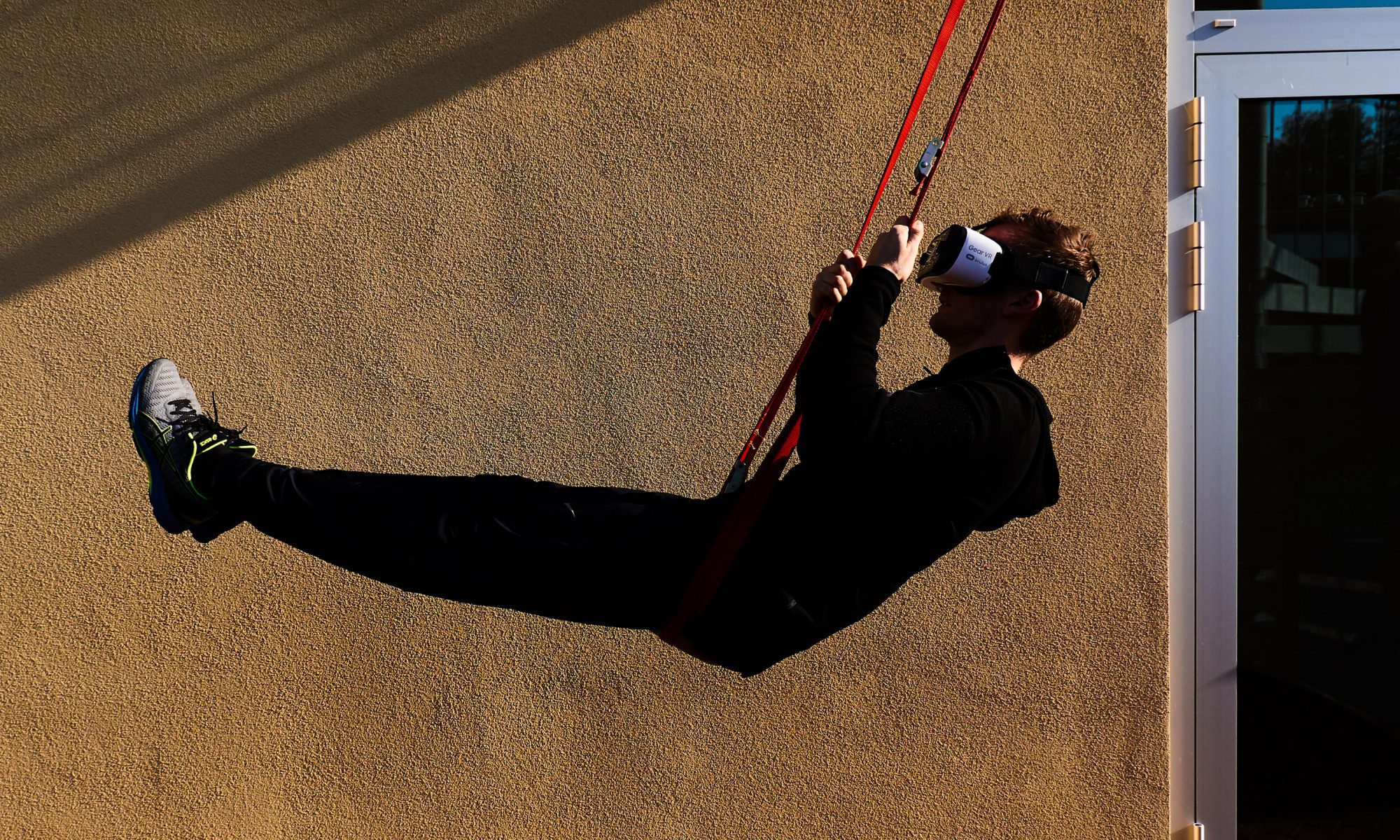The 3rd Body as Starting Point Workshop – Exploring Inbodied Interaction at CHI2020
*** Due to the recent cancellation announcement of CHI 2020, we are currently exploring alternatives for hosting this workshop remotely. Please stay tuned for upcoming announcements as more information becomes available in the coming weeks. ***
Application Deadline: Feb 11th, 2020 (see below for details)Deadline Extension: Feb 21st, 2020(see below for details)Final Decision Notification: Feb 28th, 20201-Day Workshop: Sunday, April 26th, 2020
Accepted Workshop Submissions
Michael Jones, Dustin Bruening, Sarah Trager Ridge — Biomechanics and Performance in Competitive Swimming
Jakob Karolus, Pawel W. Woźniak — Looking Inside: Leveraging Electromyography for Inbodied Interaction
Matthew Louis Mauriello, Marco Mora-Mendoza, Pablo Paredes — Toward Breathing Edges: A Prototype Respiration Entrainment System for Browser-based Computing Tasks
Pablo Paredes, Deniz Akin, Rahul Goel — Toward Breathing Entrainment through Haptic Furniture
Steeven Villa, Albrecht Schmidt, Tonja Machula — The augmented self: A control theory approach for sensory augmentation and self-awareness
Jordan Wirfs-Brock – Inbodied Ultra-Running: Performance While Pushing MEECS Processes to their Limits
What is Inbodied Interaction?
Inbodied Interaction focuses on studying how to align interactive designs with how humans work internally as physio-neuro-chemico-electrical systems, in order to more effectively support human performance – where performance includes physical, social and cognitive aspiration.
A touchstone short paper about inbodied interaction is in5: a model for Inbodied Interaction. This paper describes key components of inbodied interaction including the concepts:

A touchstone short paper about inbodied interaction is in5: a model for Inbodied Interaction. This paper describes key components of inbodied interaction including the concepts:
- inbodied and circumbodied
- the in5 MEECS of MOVE EAT ENGAGE COGITATE SLEEP
- XB – the experiment in a box approach for connecting inbodied awareness with knowledge skills and practice for health resilience
This nascent area of research offers HCI practitioners a new perspective to inform the technology we design as a community and how we can benefit more people. In the past two CHI conferences (2018 and 2019) we conducted the first and second Body As Starting Point workshops, followed in 2019 by the first Inbodied Interaction Summer School.
Workshop Themes

- T1: OUR BODIES ARE CONSTANTLY ADAPTING
How do we design HCI tools that help build knowledge and awareness of this inbodied adaptivity to make use of it more deliberately?
- T2: DESIGN FOR PERFORMANCE GOALS
How do we design HCI interventions that encourage improved performance, instead of a prevention-only perspective of health
- T3: ENCOURAGE ( RE -) LEARNING HOW TO FEEL BETTER How do we design HCI tools that support users in developing literacy about their own bodily signals?
- T4: DESIGN TO SUPPORT THE WHOLE BODY
How do we design HCI interventions that consider all IN5 pillars, rather than designing for siloed aspects of health and performance?
- T5: REFLECT RATIOS RATHER THAN GOOD VS BAD How do we design HCI interventions to assist people in adjusting their IN5 levers for specific performance aspirations?

- T6: EXTEND KNOWLEDGE TO INCLUDE SKILLS AND PRACTICE How do we design HCI interventions as everyday heuristics to test and improve Inbodied knowledge relating to performance?
- T7: SUPPORT STRUCTURED AND UNSTRUCTURED PROGRESS TOWARDS PERFORMANCE How do we design HCI interventions that highlight the opportunity for Inbodied Interaction in everyday situations and objects?
- T8: CONSIDER WELLNESS AND PERFORMANCE IN CONTEXT How do we design HCI interventions that invite alignment with the surrounding environment to support performance goals?
- T9: APPROACH WELLNESS AND PERFORMANCE AS AN ONGOING PROCESS RATHER THAN AN END STATE How do we design HCI interventions that evolve with users’ changing performance aspirations?
Call for Participation
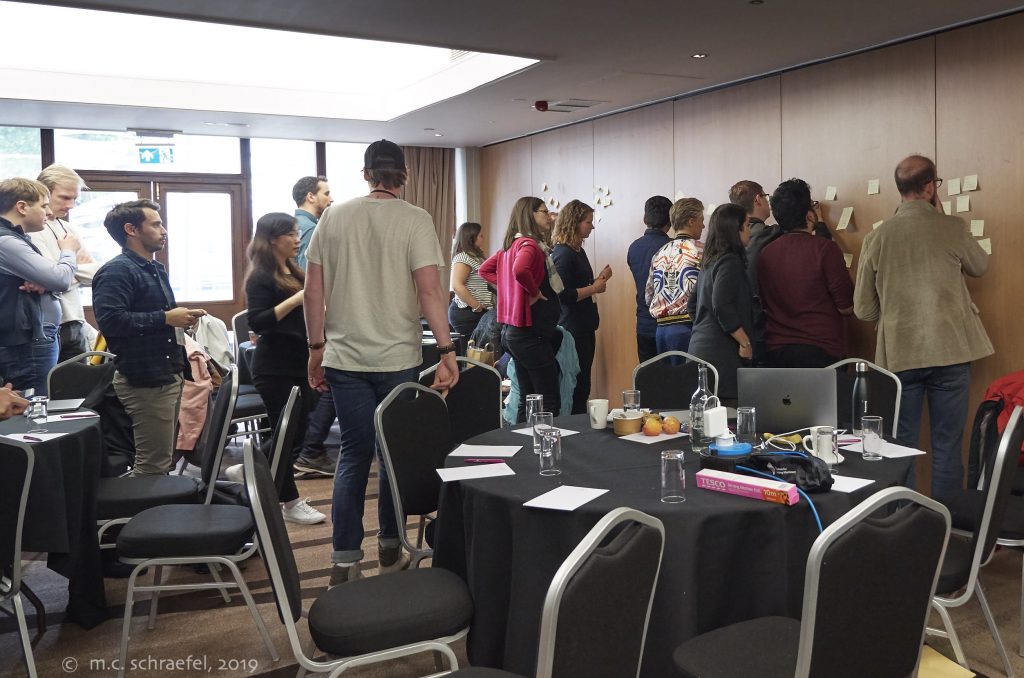
We invite participants to express their interest in participating in our workshop at CHI 2020 by submitting a contribution, including:
- a position and/or research paper (2-6 pages in CHI format, including references – anonymity is not required),
- a pictorial or poster (see these guidelines for details and examples)
- a short expression of interest (by completing this form and expressing your interest and what you would like to get out of the workshop)
Please add a cover note to your submission to identify the theme where you see your work most aligned, and to describe that alignment in a few sentences.
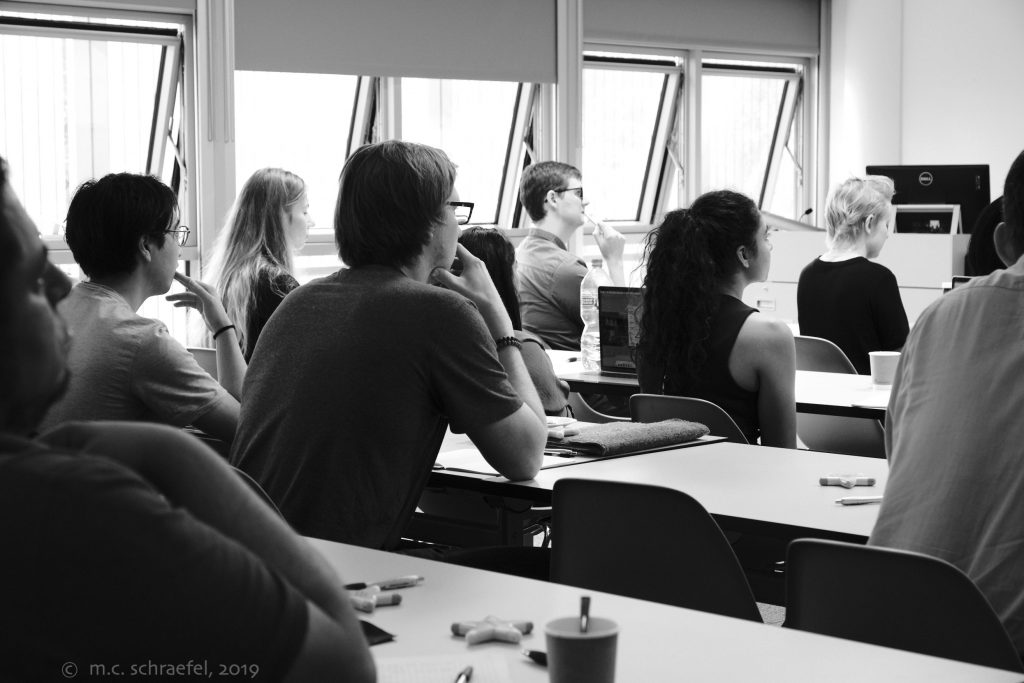
You’ll find more detail about these current design themes. Your contribution does not necessarily have to fit perfectly into an existing theme, but workshop participants would be very interested in knowing how your work might relate (or not) to these themes.
Upload positions papers, pictorials, and posters here
Or alternatively, complete this form to express your interest in participating
Submissions and expressions of interest completed on or before Tuesday, February 11th, 2020 Friday, February 21th, 2020 will be considered for inclusion in the workshop. Final decision notifications will be communicated by Friday, February 28th.
For information, questions, comments, or concerns, please contact: aaron.tabor@unb.ca
Workshop Overview
In this one-day workshop, participants will present current work and its alignment with the Inbodied Interaction themes. This will be followed by refining/adding themes through design thinking exercises, culminating with the formulation of case studies as potential projects for continued exploration.
Workshop Structure
The workshop will consist of four 90-minute sessions. Prior to the workshop, accepted positions papers will be posted on the website. During the workshop, the structure will proceed as follows:
9:30 – 10:45: Introductions and Overview
Organizers and participants will introduce themselves, followed by an overview of existing Inbodied Interaction themes, where participants present their works as examples in relation to the themes.
11:00 – 12:20: Refinement of existing themes
In this section participants will work in groups to discuss synergies among the themes and presented works. The session will be conducted in groups and converge in refinement of the Inbodied Interaction vision and themes for exploration.
1:30 – 3:00: Formulating case studies
Participants will formulate potential case studies that encompass one or many of the Inbodied themes – cases studies serve as candidate research projects that can further Inbodied Interaction. The groups will collaboratively narrow the scope to a subset of case studies which participants can choose to contribute to.
3:15 – 4:30: Case study refinement
Participants will flesh out finer details about the selected case studies, such as research questions, study design, forming a research team and identifying an avenue for publication.
Post-Workshop Plans
Growing our Community: A synthesis of the Inbodied Interaction themes, case studies and participants exploring them will be made available on our website and Slack channel in order for others to build from and contribute to the field.
JOURNAL PUBLICATION OPPORTUNITY
We will be inviting authors of submissions that best engage with the inbodied interaction themes to enlarge their work for submission a special issue of the journal, Interacting with Computers.
More ways to participate and learn about Inbodied Interaction at CHI2020
In addition to this 3rd Workshop, there are two courses on Inbodied Interaction being offered at CHI 2020:
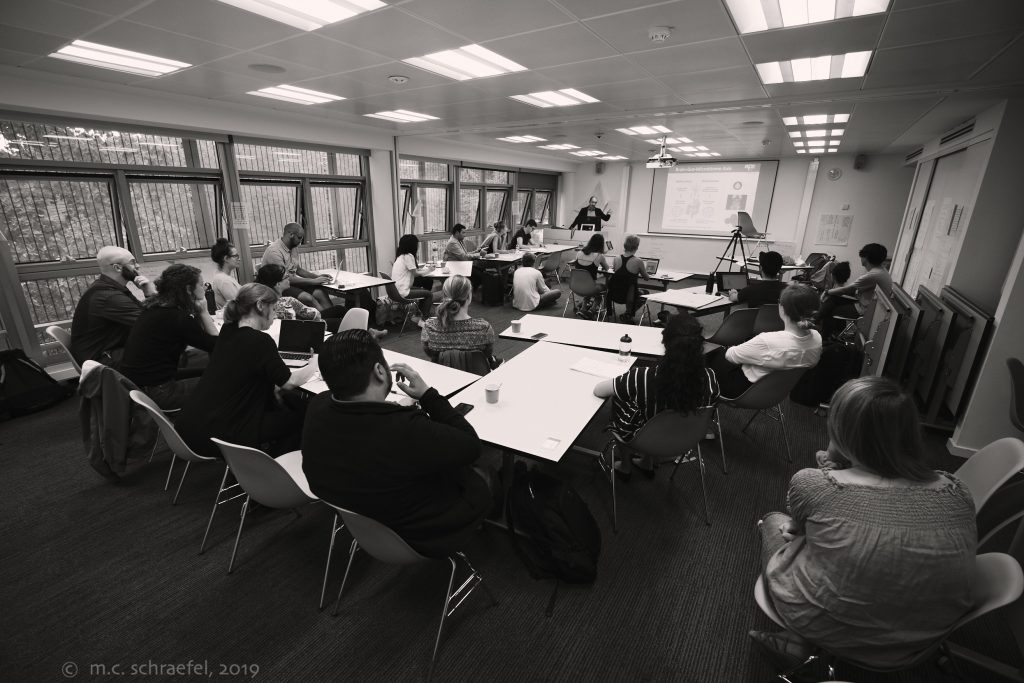
- Inbodied Interaction 101: A Human Physiology to Neurology Informed Approach to HCI Research and Design.
- Inbodied Interaction 102: Understanding the selection and application of non-invasive neuro-physio measurements for inbodied interaction design.
THEMES IN MORE DETAIL
T1: OUR BODIES ARE CONSTANTLY ADAPTING
Our bodies are incredibly efficient, use-it-or-lose-it systems: practice playing an instrument, our muscles, nervous tissue, brains adapt; our coordination, speed and endurance improve. Similarly, stop lifting weights at the gym, muscle tissue is no longer required and, since it costs energy to maintain, is efficiently removed. These are large-scale examples of adaptation, but the body is responding and adapting to its context all the time, its effects contributing to chronic stress or enhanced wellbeing and cognitive performance. How do we design HCI tools that help build knowledge and awareness of this inbodied adaptivity to make use of it more deliberately?
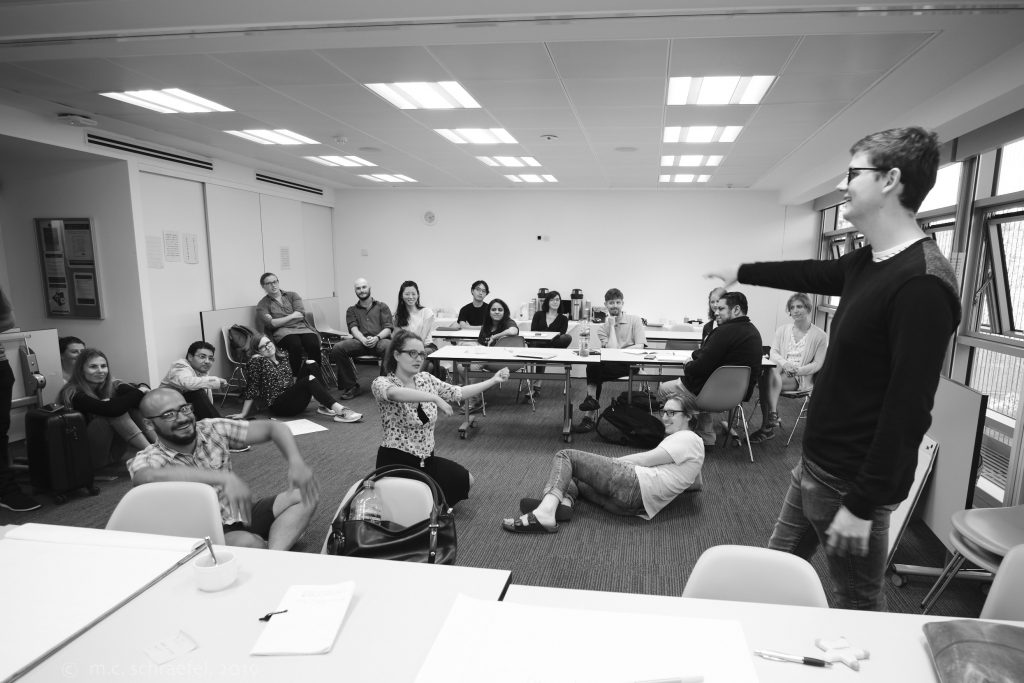
T2: DESIGN FOR PERFORMANCE GOALS
Traditionally, one goal of health focused HCI research has been to create tools that frame health as prevention of disease. From this perspective, “healthy” means the absence of disease and refers to reaching the minimum threshold of wellness – “healthy” means not broke n, which may have a negative motivation: get healthy to avoid getting sick. However, in athletics for example, physical fitness is desirable not primarily because it minimizes risk of disease, but rather as a vehicle to achieve a desired performance (e.g., to run faster or jump higher than an opponent). This notion of performance and goal setting can be applied to any of the MEECS processes and, importantly, can change the way health and performance goals are motivated. How do we design HCI interventions that encourage improved performance, instead of a prevention-only perspective of health?
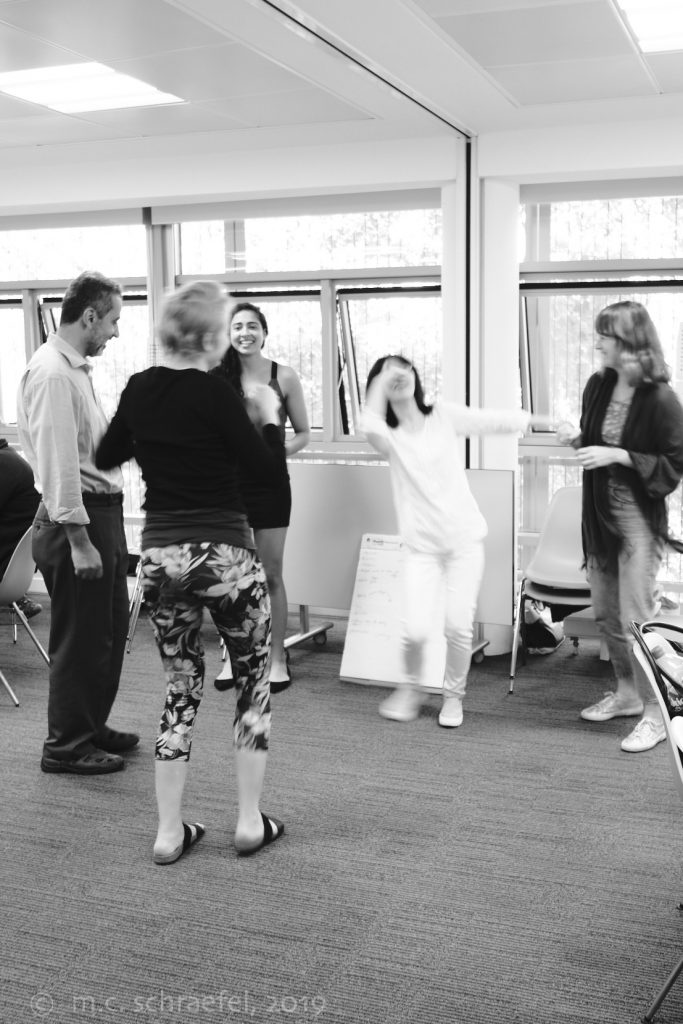
T3: ENCOURAGE ( RE -) LEARNING HOW TO FEEL BETTER
Our bodies are incredibly sophisticated sensors that create clear and strong signals whenever we deviate from a homeostatic state. This is important because we’ve evolved to interpret these signals as “telling” us how to get back to a “healthy” balance (e.g., thirst, hunger, sweat). However, many technology-mediated health tools encourage us to outsource this inherent internal knowledge and instead rely on data from external sources (e.g., Did I take enough steps today to be healthy? Did I get sufficient sleep last night to be well rested?) , which becomes problematic and superficial when users come to rely on these external sources at the expense their intrinsic feelings. Inbodied Interaction aims to explore how digital tools can be designed to facilitate association between feelings, external data, and performance outcomes to help people develop attention to the way their body feels rather than to numeric representations of health. How do we design HCI tools that support users in developing literacy about their own bodily signals?
T4: DESIGN TO SUPPORT THE WHOLE BODY Since our bodily processes are interconnected and interdependent, successfully achieving performance goals of any kind requires consideration of the body as a whole. Therefore, rather than designing for a single aspect of “health” and treating the body as a disparate set of processes, Inbodied Interaction suggests approaching the body as a whole using the IN5 pillars to guide design decisions. How do we design HCI interventions that consider all IN5 pillars, rather than designing for siloed aspects of health and performance?
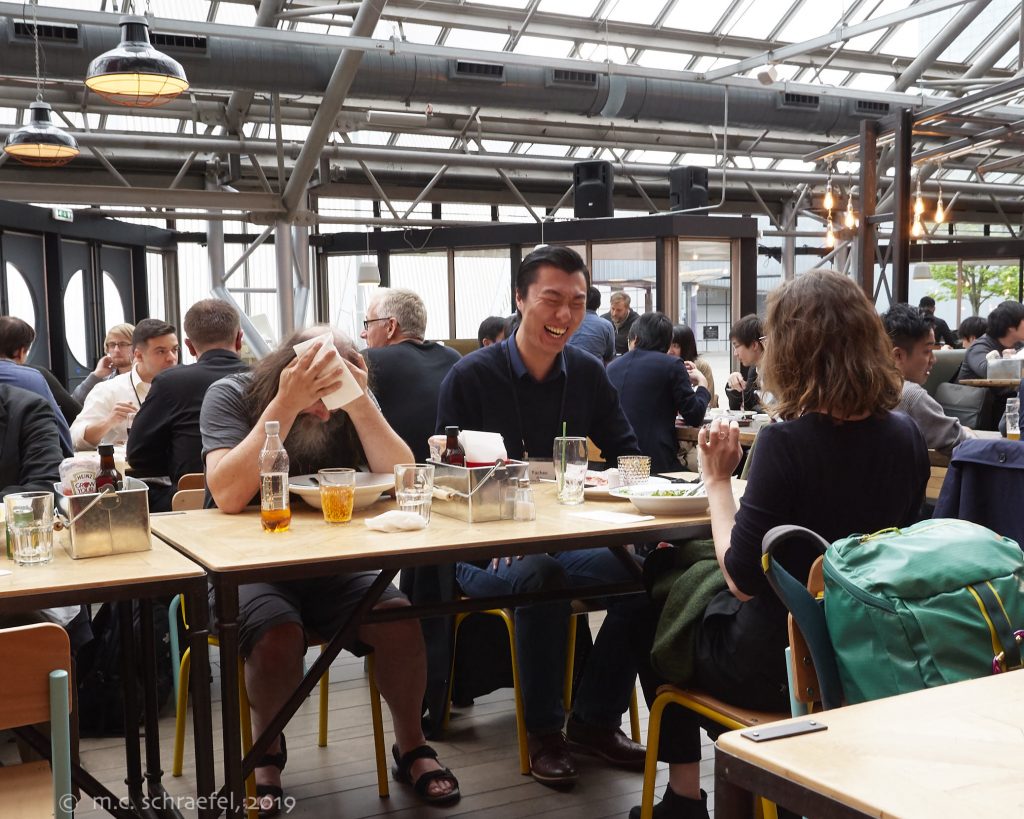
T5: REFLECT RATIOS RATHER THAN GOOD VS BAD Popular media is often quick to distinguish between behaviors that are “good” and “bad” for our health (e.g., “good” and “bad” fats). However, in practice, the relationship between these behaviors and our overall health is rarely so simple or straightforward (e.g., [4] ) and is often instead about ratios and tuning these ratios to align with current performance needs. Inbodied Interaction proposes that designs should strive to promote an understanding of health, wellness, and performance beyond the oversimplified “good” and “bad” dichotomy. How do we design HCI interventions to assist people in adjusting their IN5 levers for specific performance aspirations?
T6: EXTEND KNOWLEDGE TO INCLUDE SKILLS AND PRACTICE As a scientific community, we often prioritize documentation about the human body over the practical skills needed to evaluate everyday performance. Inbodied Interaction strives to synthesize this knowledge into heuristics that accurately represent underlying implications for health, wellness, and performance. Critically, it offers multiple paths to test and explore this knowledge towards practical incorporation into one’s life. For example, we propose testable heuristics such as striving for a colorful plate when making food choices rather than worrying about specific nutrients or caloric measures, but also provides support to assess efficacy of this practice, as well as offering ways to achieve it. How do we design HCI interventions as everyday heuristics to test and improve Inbodied knowledge relating to performance?
T7: SUPPORT STRUCTURED AND UNSTRUCTURED PROGRESS TOWARDS PERFORMANCE GOALS When working towards physical fitness goals, progress can be made through both structured and unstructured forms of physical activity (e.g., planning and carrying out a gym training session vs. deciding in-the-moment to take the stairs). Inbodied Interaction proposes that progress towards performance goals can be made in both structured and unstructured ways, and designs should encourage all activities (both structured and unstructured) that support progress towards goals. How do we design HCI interventions that highlight the opportunity for Inbodied Interaction in everyday situations and objects?

T8: CONSIDER WELLNESS AND PERFORMANCE IN CONTEXT The theme of considering our surrounding context was recurring across many of the expert guests at our Summer School. Be it through our circadian rhythms – our inherent relationship with light; through our microbiome – the constantly changing colony of microbes that lives in, on, and around us; or through our epigenetics – which suggests that our health may depend on the behaviors and environments of our recent ancestors much more than has traditionally been proposed through genetics alone. Our bodies – as well as our wellness and performance – are fundamentally connected to the surroundings and context within which we exist. Knowing this, Inbodied Interaction suggests designs that are context-aware and sensitive to these ever-changing conditions. How do we design HCI interventions that invite alignment with the surrounding environment to support performance goals?
T9: APPROACH WELLNESS AND PERFORMANCE AS AN ONGOING PROCESS RATHER THAN AN END STATE Wellness and performance goals continually adapt and evolve with our ever-changing needs. What was “healthy” for me last year isn’t necessarily what I need to perform my best today, and similarly, my behaviors today will almost certainly require adjustment to meet my performance goals in the future. Therefore, Inbodied Interaction proposes that wellness is our ability to be resilient and adapt to these changes, and good designs should recognize and support our ever-changing goals and needs. How do we design HCI interventions that evolve with users’ changing performance aspirations?
Workshop Leads
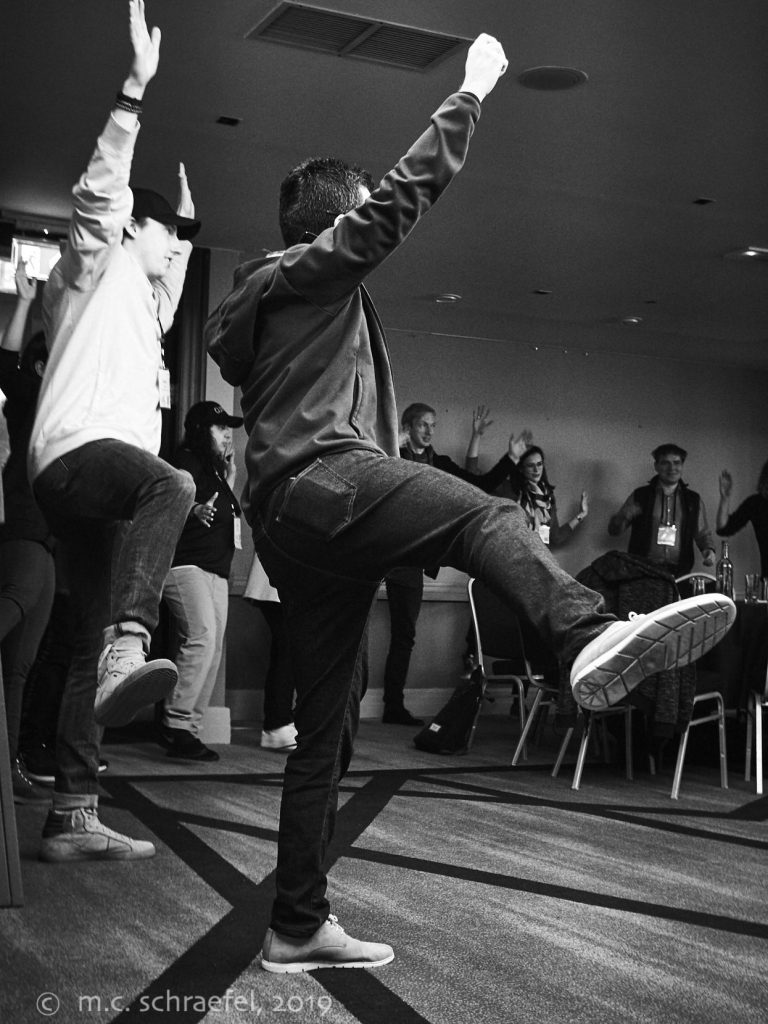
Aaron Tabor, HCI, Computer Science, University of New Brunswick, Canada
aaron.tabor@unb.ca
Josh Andres, IBM Research & Exertion Games, Lab Monash U.
Melbourne, Australia
with m.c. schraefel, wellthlab, USouthampton, UK
